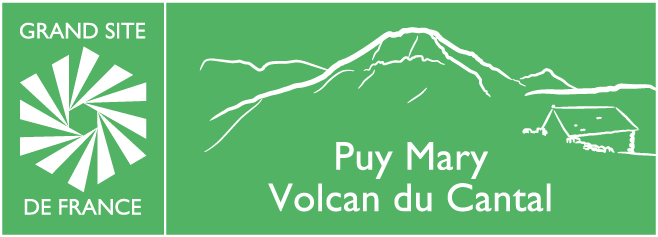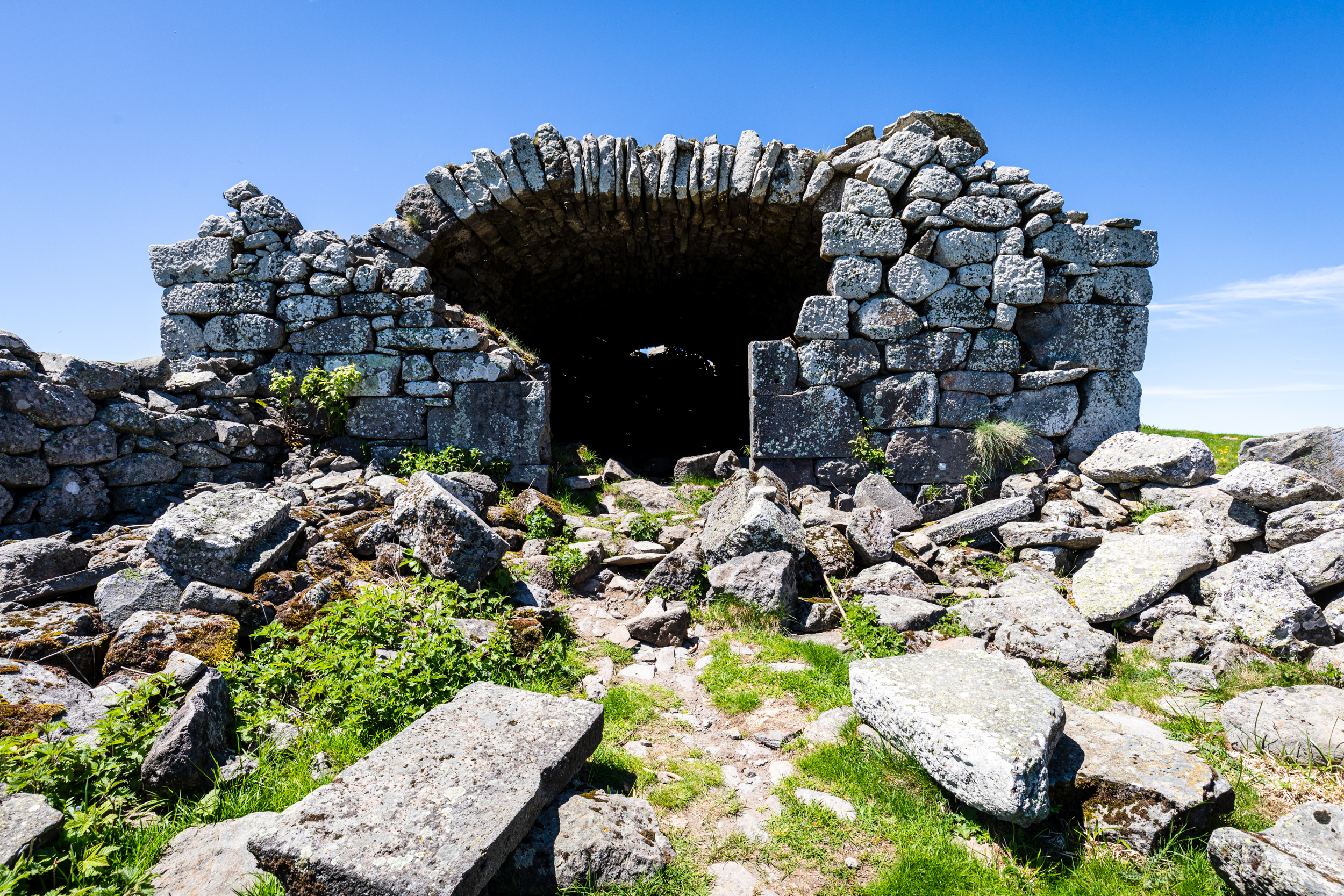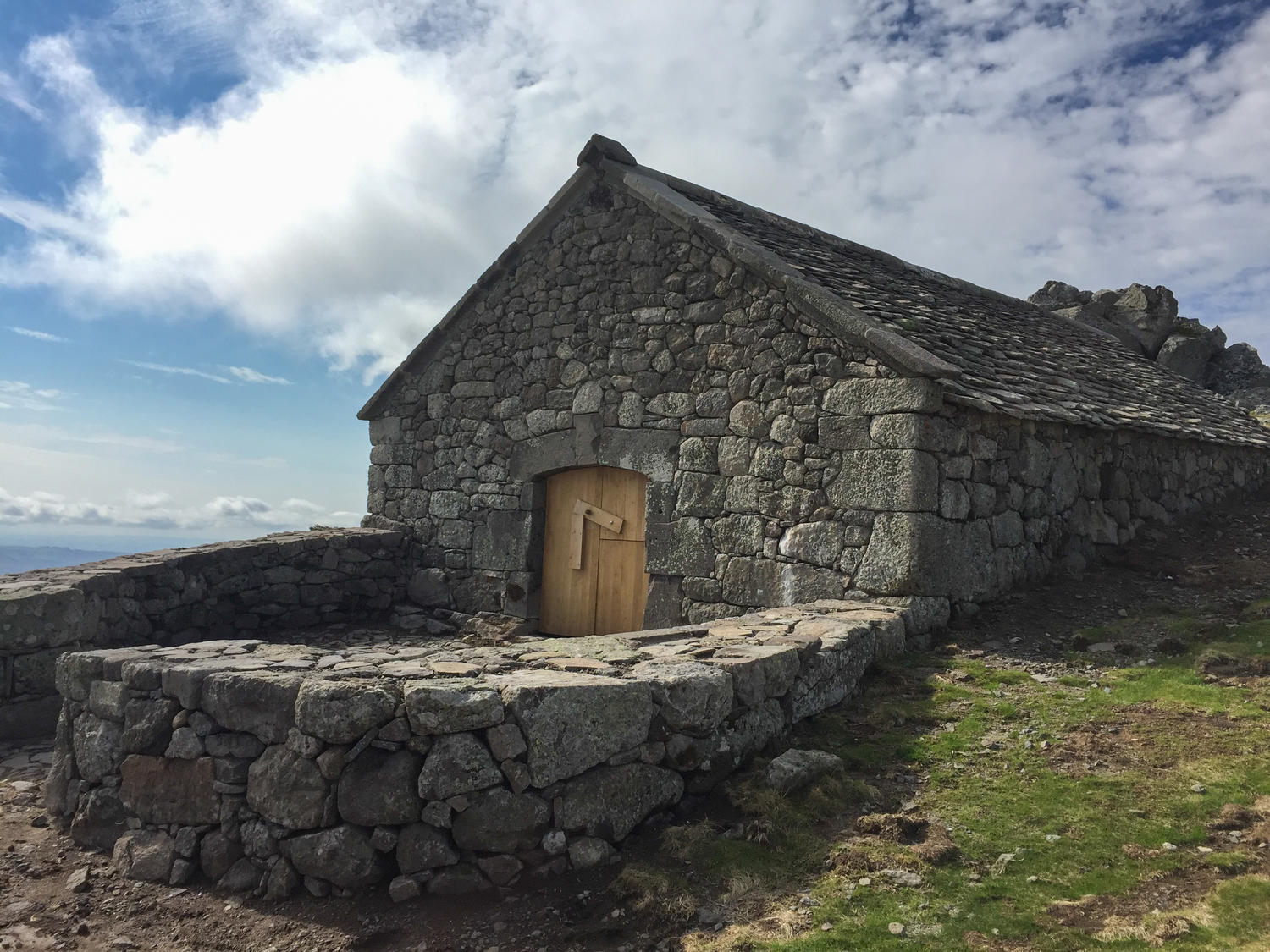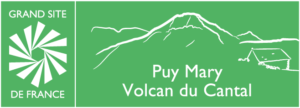The burons on the Cantal volcano
Also called “tras” or “mazuc”, the burons are also an integral part of the current landscape of our mountains. The very name “buron” appeared in the XVIIᵉ century, it comes from the root bur meaning “hut”. In the past, it was used both for cheese-making and to shelter the cowherd and his team, to look after the herds in summer from May to October. They are small, low, stocky, stone buildings, partly buried (protected from strong winds, storms, and snowstorms), generally located near a spring.
About 210 burons (in good condition, in ruins, or partially destroyed) are scattered throughout the Puy Mary Massif, and only a few of them are still used for maturing cheese (at the Col de Légal and the Col de Neronne)!
Generally, they include a hayloft, a shelter for calves (called “vedelat”), a room for the cowherd, and a room used for cheese-making. This room is vaulted and dark and has a fireplace and a small opening called a “fenestrou”. In the second half of the XVIIIᵉ century and in the XIXᵉ century, the number of burons grew steadily; in 1950, almost a thousand burons were in use in the Cantalien territory. However, in the XXᵉ century, from the Second World War onwards, the most inaccessible burons were gradually abandoned due to changes in agricultural practices.
Two places on the Grand Site de France Puy Mary – Volcan du Cantal will give you a better understanding of the life of the cowherds in the burons during the summer period: the buron of Roc de Labro and the Bédélat du Cassaïre.
Buron du Roc de Labro
In the heart of the Sensitive Natural Space of Récusset with its typical volcanic décor, this buron, refurbished in its most traditional form and with free access, has a sound installation recounting the testimony of a shepherd during the summer months. A reading table allows you to decipher the landscape and recognize the main peaks and valleys of the Récusset cirque.
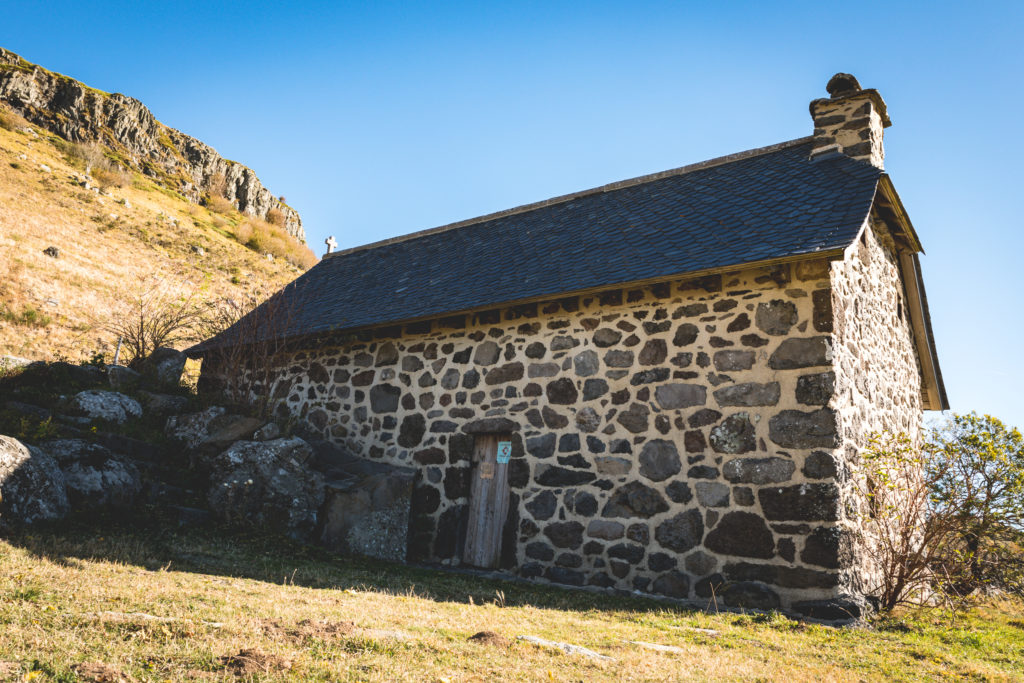
Bédélat du Cassaïre
Situated at an altitude of 1600 metres in the commune of Mandailles-Saint-Julien and on the GR400® route, the Bédélat du Cassaïre is an important part of the pastoral heritage. It was in need of major restoration, which was carried out in 2020 thanks to funds from the heritage lottery set up by the Fondation du Patrimoine la Mission Bern and the State. The building was probably built in the XVIIIᵉ century. The purpose of a bedelat or vedeleat (both spellings exist) was to shelter sick calves and animals. The Bédélat du Cassaïre also has a buron nearby. The fairly large Bedelat – 11 metres long and 4.5 metres wide – was intended not only as a shelter for the calves but also for the whole herd in bad weather. The cowherd, due to the absence of a chimney within the construction, was to occupy the buron located about 50 metres away. It is a single-storey construction, half-buried in a fold in the ground. The building consists of a single large room topped by a two-sloped roof in lauze overhung by a ridge of cut stone with a barrel vault. The walls, which vary in width from 1 metre to 1.60 metres, are made of trachyandesite. The door on the east façade had disappeared, it gave onto an outside park called afrontadou.
To find out more: the page on the Bedelat restoration project.
Restoration
The association Burons du Cantal has set itself the goal of restoring burons in poor condition. It has also set up a map of 27 burons. Accessible to the public, these burons are presented with their location, contacts for information and reservations. You can buy it on our e-shop and in our Site Houses.
